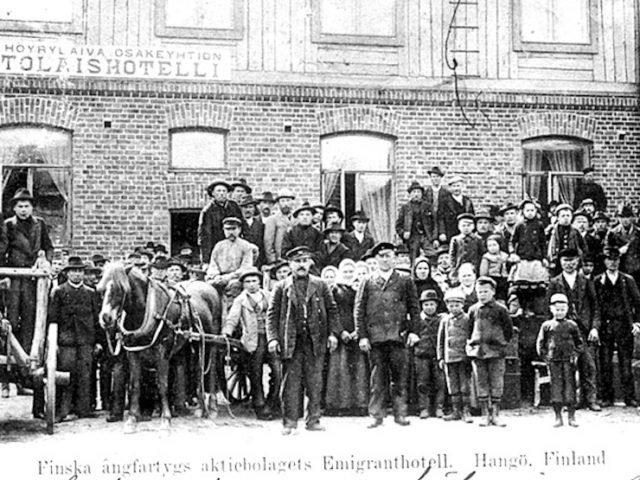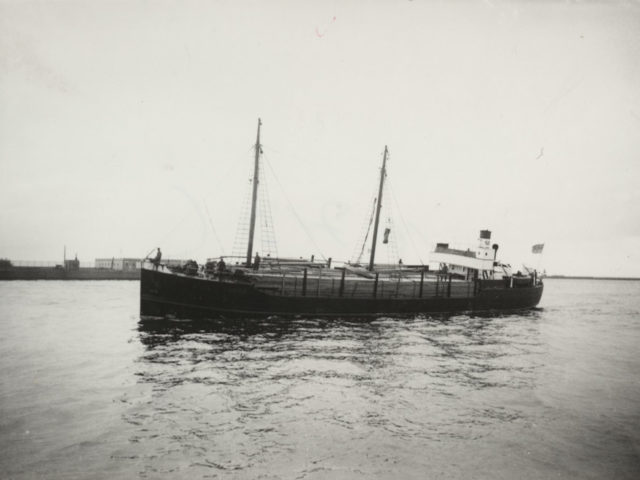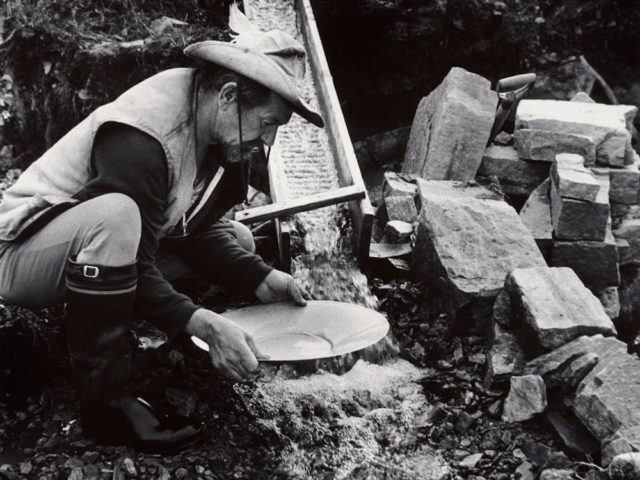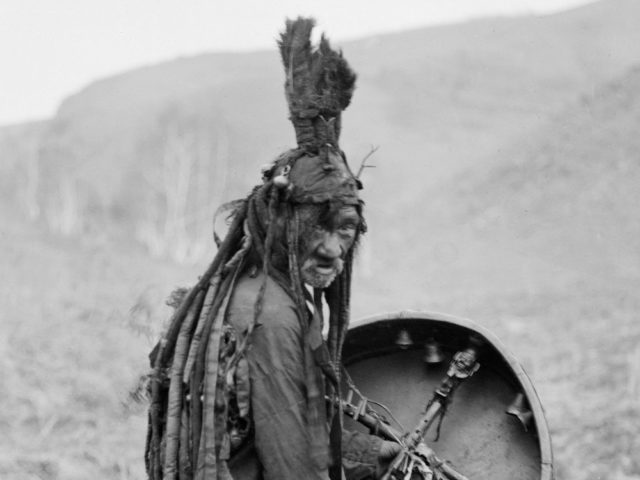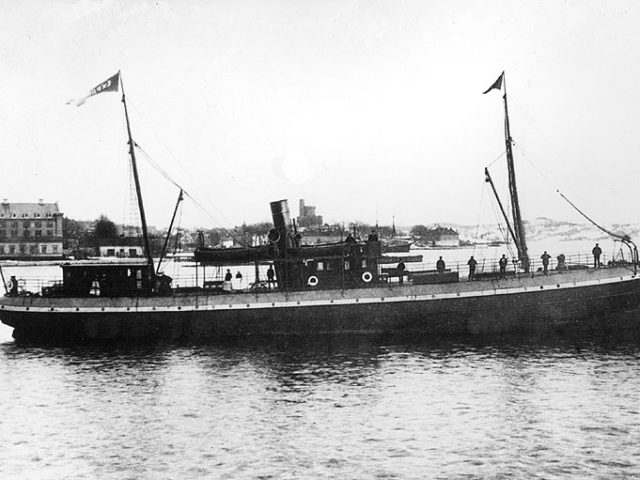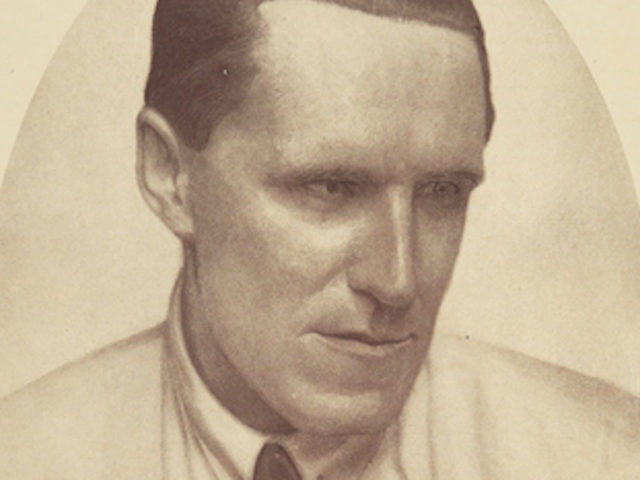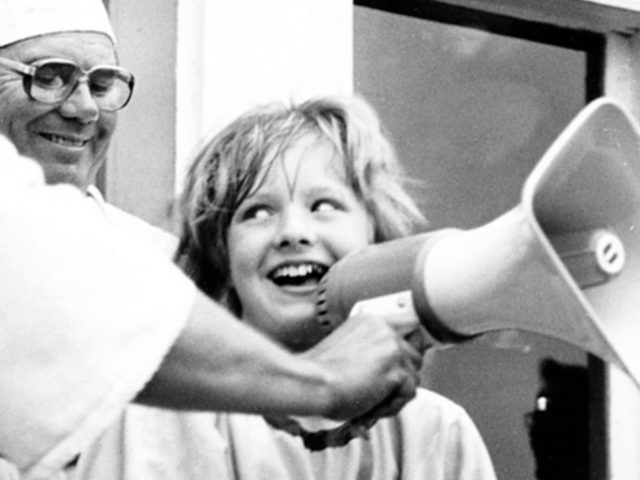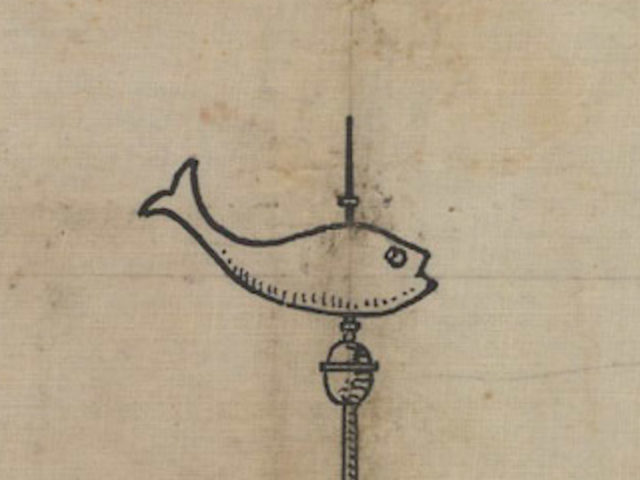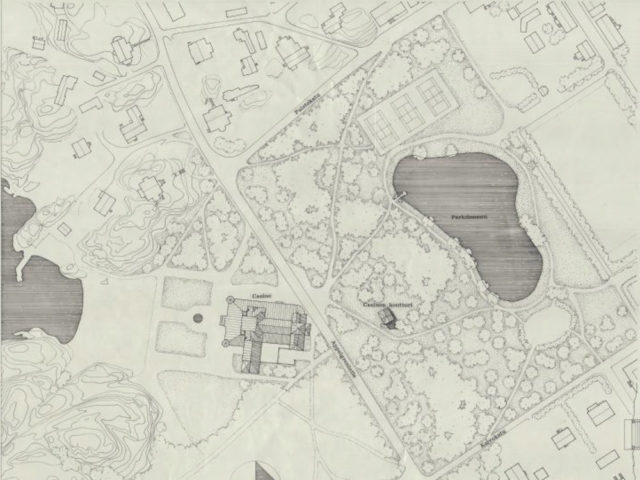Hanko was the most important departure city for emigrants at the turn of the 19th and 20th centuries. About 250,000 Finns left in search of a new life through the port of Hanko. Accommodation capacity has always been a problem in Hanko, and at the beginning of the 20th century there were especially many immigrants in Hanko who stayed here for a night or two before continuing their journey through England to the United States. Suomen Höyrylaivahtiö, which was responsible for the emigrants' journey from Finland, decided to build an emigrant hotel on the Boulevard in 1902.
View moreOn the dark and rainy evening of October 1957, the motor ship Asa Finn, which was sailing in coal cargo, got lost on the fairway west of Hanko and crashed into the rocks. The mainings of the passing ships rocked the ship and Asa Finn began to fill with water. Captain August Route drove the ship to the nearest shoal where it sank between Lilla and Södra Klippingen. Asa Finn was just one of the names of the ship. During the Prohibition Act, the ship chartered relief for the thirsty from the southern neighbor and it was known by the nickname Pirtu-Veera. The ship was built in 1918 in Norköping, Sweden and was baptized in Wera.
View moreIn Lapland, Finland, the Inari and Sodankylä areas were Europe's only topsoil Gold Fields, where gold leaching has been economically viable. There have been several gold miners in the Lemmenjoki area. Some of them were professionals using machines but for many gold mining was a way of life. Gold digger Jaakko Kangasniemi surveys the Lemmenjoki gold rush in an interview with journalist Seppo J. Partanen.
View moreIn the beginning there was curiosity, knowledge was gained by experimentation, and the sciences sprouted from the grains of knowledge. In the following story, science and superstition take on each other. The story is from Sara Wacklin's book "Hundrade minnen från Österbotten" from 1844.
View moreThe steamship Express has a legendary place in Finnish history. The Express was built at Oskarshamn Shipyard in Sweden in 1877, and the ship was ordered by the Finnish company Finska Transito Ångbåts. It was 42.4 m long, 6.9 m wide and 3.5 m deep, with a top speed of 10.7 knots on a 400-horsepower engine. In open water, the journey from Hanko to Stockholm took 17 hours.
View moreThree nautical miles from the tip of the park cliffs to the east is Sandskär Island. On the quiet summer days of the mid-1920s, the voice of the famous singer Helge Lindberg was far from there. During the summer, he rehearsed 8 concert programs on his own island and gave another hundred concerts across Europe each year. The family's actual hometown was Vienna.
View morePoppy Day is celebrated every year on July 27th. It has been celebrated in Hanko since the early days of spa culture, in the late 19th century. Here you can find more information about the history of Poppy Day in Hanko.
View moreTinsmith Einar Sandberg did many great jobs in Hanko. Among other things, he renewed the roofs of the church and powerhouse along with his sons after the war. He also made a large, 3-meter weather vane for the water tower that looks like a fish. Unfortunately, Einar suffered a cerebral hemorrhage while working on the roof of Lundell’s general store on the Esplanade. At that time he was already 80 years old and still involved in working life!
View moreHanko parks are great places to walk all year round. The first actual parks appear in the town plan from 1900, when the Town Hall Park, Vartiovuorenpuisto, Spa Park, Railway Park and the current Haagapuisto existed or are planned.
View more
